Wake Time; Are You Keeping Your Child Up Too Long?
“What is a good wake time for my 5 month old?”
“How long should my child be staying up between naps?”
“Once my child transitions to one nap, how long should they be awake for before bedtime”
I hear these types of questions all the time from concerned parents, and for good reason. Getting the timing of sleep right can mean the difference between struggling for an hour or having your child quickly drift off.
We know kids need their sleep, and a lot of it.
For small children two years and younger, sleep is a critical part of their development process and it’s important to develop healthy sleeping and napping patterns in order to help them grow and develop at a safe and healthy rate.
For parents? Well, it maintains your sanity. 😉 It gives you some much needed down time.
But let’s be honest here; for some parents, having a child that sleeps well, without a lot of fussing, is akin to having a unicorn. They hear about it, but they don’t think it really exists. Having a child that goes down for their nap or bedtime quickly, easily and sleeps long stretches without having to rock, bounce, feed, drive around or lay down with, seems like a mythical creature.
But I’m here to tell you that this isn’t the case. Your child wants to sleep and they want to sleep well. But part of the success comes from understanding your child’s biological processes.
Why do babies and children need naps?
It’s not uncommon for a well-meaning relative or friend to advise the parents I talk with to skip a nap in the hopes that it will make the child sleep better. However it is a myth that skipping naps results in a better night’s sleep. In fact, the opposite is true. Poor quality or non-existent naps will result in a child that is overtired, cranky, prone to more crying and night wakings.
When your baby or toddler is napping their brains are processing and making sense of all of the physical and mental inputs they received while awake, and since our tissue regeneration and growth happens while we sleep it’s important to help babies settle into a healthy cycle where these processes can occur.
This is why babies need to nap often: their bodies are growing and processing a high level of external inputs.
Homeo-What?
As a result of all the learning your child’s brain is going though, the feeling of needing to sleep builds up throughout the day. This need to sleep, or sleep “pressure” builds up quickly, requiring the need for frequent naps. This pressure is known as the homeostastic sleep drive.
The homeostatic sleep drive is basically how long the body can stay up before it starts to feel sleepy. Another way to think of it is as wake time; how long your child can stay awake before needing a nap or bedtime.
However the sleep drive is not the only component that comes into play. Otherwise we would likely be taking short naps all day long. For babies, this is common in the first 3-4 months, but after that point, a child’s sleep matures and other factors come into play.
Tick-Tock Goes The Circadian Clock
Your child’s sleep drive is also influenced by their sleep/wake circadian rhythms which controls the release of melatonin (the sleep hormone) and cortisol (the awake hormone, among other functions) over the course of 24 hours.
The circadian rhythm influences the timing of when your child’s body is biologically ready to sleep. It is regulated by the brain based on the amount of light that the brain receives. The daylight signals the brain to keep releasing cortisol. At certain points in the day however, other circadian rhythms begin to prepare the body to sleep by lowering core body temperature and releasing melatonin.
Then, as evening approaches and the sunlight diminishes, the brain begins to release melatonin and allows your child to really feel the pressure to sleep. This is why bedtime tends to be the easiest sleep period to get a child to fall asleep.
To summarize, in children, the sleep drive creates the need to sleep, but the circadian rhythms influence the timing of sleep.
Signs That Your Child is Getting Tired
To help you determine what your child’s wake time may be, look for subtle sleepy cues:
- Staring into space and seeming disconnected from the surrounding environment
- Turning away from you or another caregiver
- Rejecting toys and food
- Jerky, sporadic limb movements
- Periods of quiet rest followed by vocal fussiness as they become overtired
The Downfalls of Being Overtired
If your baby or young child is being kept up too late, or is frequently missing nap periods, they may become overtired. This means they are in a state where they are sleepy and feeling fatigued, but are unable to sleep. Some of the issues which can arise from overtiredness are:
- Waking up often throughout the night
- Waking up very early
- Short, or broken naps
- Resisting naptime and exhibiting crying or giddiness
- Night terrors
- Battles at bedtime surrounding getting the child to sleep
Guidelines for Wake Times
Therefore, to avoid a multitude of sleep issues mentioned above, timing your child’s nap or bedtime just right can help to not only have them go to sleep easily, but also have a deep, long and restful sleep period.
One way to help this to occur is to follow wake times. Recommended wake time by age are:
Tips For Wake Time
- Calculate wake time from eyes open to eyes closed, especially in the young babies.
- If your child is overtired, begin with the shorter amount listed and slowly increase it as needed.
- Requiring shorter intervals of wake time in the morning but a little longer in the afternoon is common.
- Newborns naps will naturally be erratic and unpredictable, even with the same wake period.
Examining the amount of wake time your child is experiencing between naps and bedtime is a great step to take in solving their sleep issues. It can take some trial and error to find your child’s sweet spot, but when you do, you will find that those unicorn children really do exist. 😉
For more tips and advice on how to help your child sleep better, download my FREE sleep guide.
Have a sleep question? Join me Wednesday nights for my free, live Q and A session on Facebook.




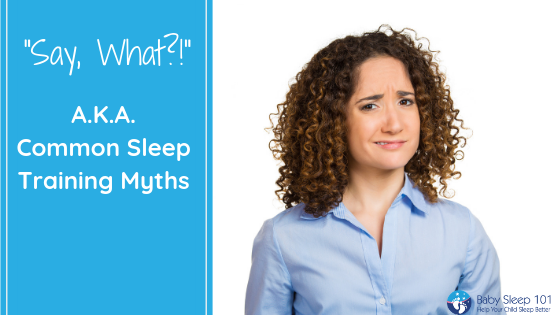

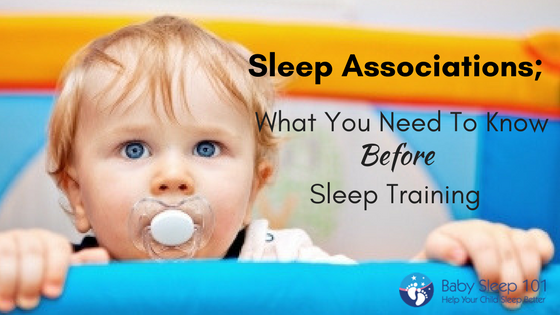


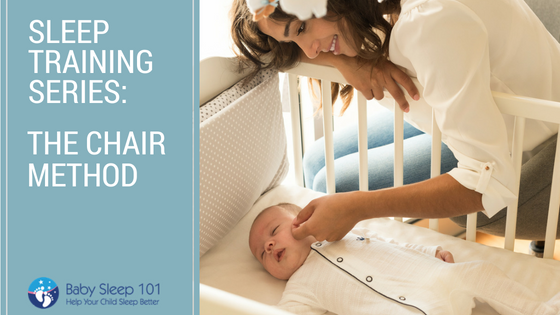

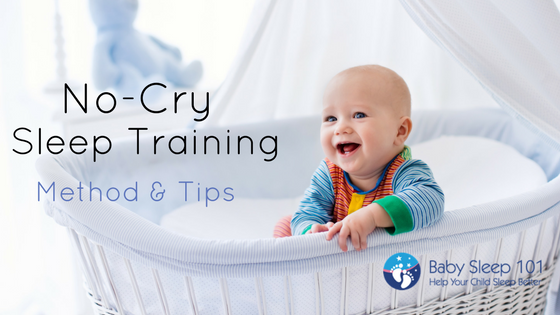

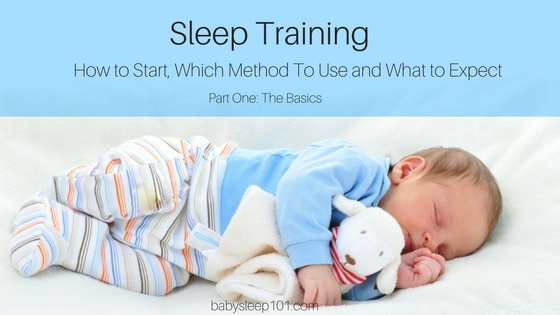
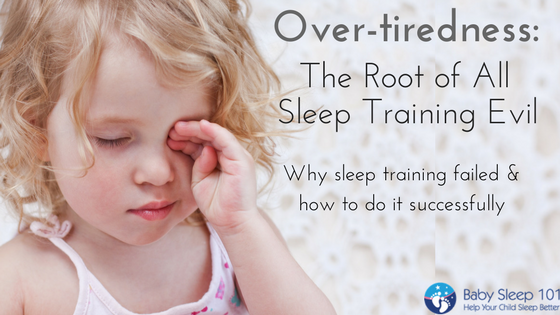
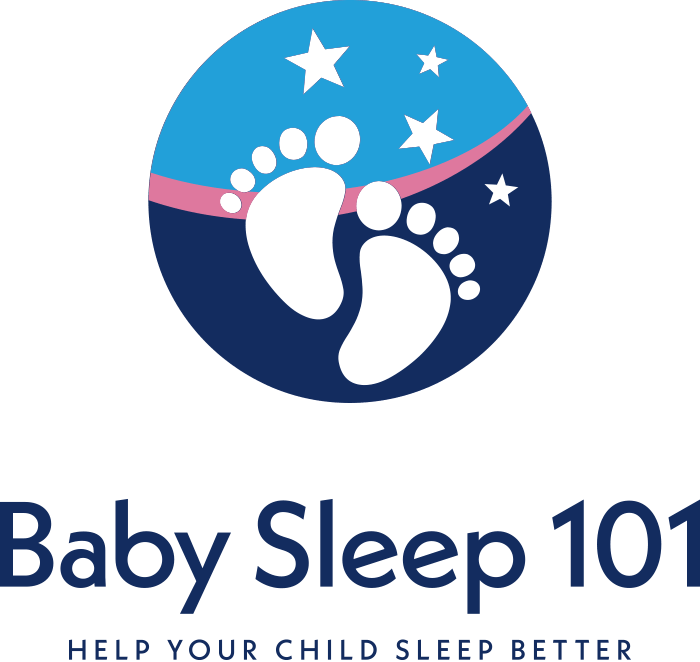
[…] are grateful for this informative post from Baby Sleep 101. Entitled “Wake Time Per Age, from Newborn to Toddler”is a great read for […]